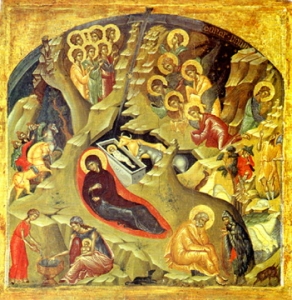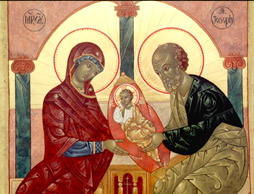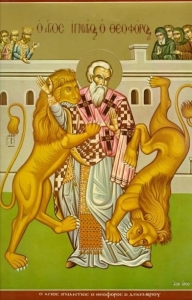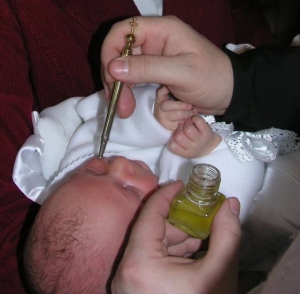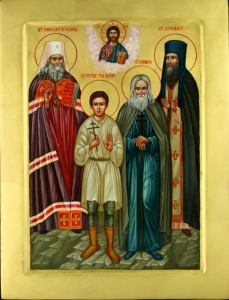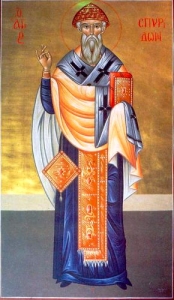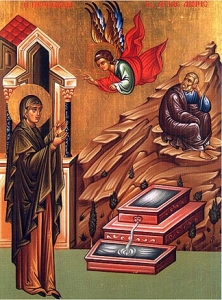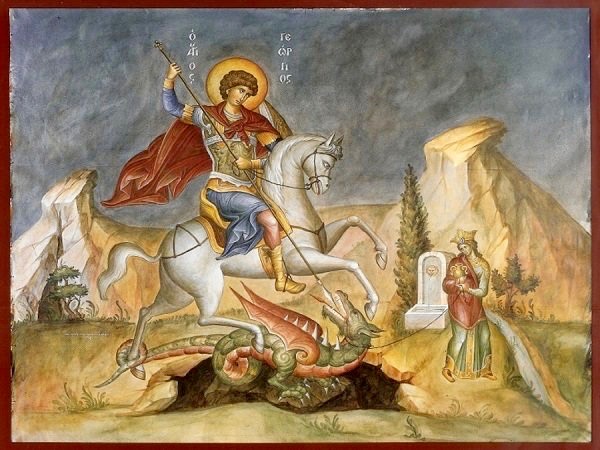
On April 23, our Holy Church commemorates the Great Martyr and Trophy-Bearer St. George. Holy Saint of God Intercede for us. Χρίστος Ἀνέστη!! ….dn g
Apolytikion of Great Martyr George
Fourth Tone
Liberator of captives, defender of the poor, physician of the sick, and champion of kings, O trophy-bearer, Great Martyr George, intercede with Christ God that our souls be saved.
Kontakion of Great Martyr George
Fourth Tone
Cultivated by God, you became manifest as an honorable tiller gathering for yourself the sheaves of virtue. For you sowed with tears but reaped with gladness; in the contest you competed with your blood and came away with Christ. By your intercessions, O Holy One, all are granted forgiveness of sins.
]]>

